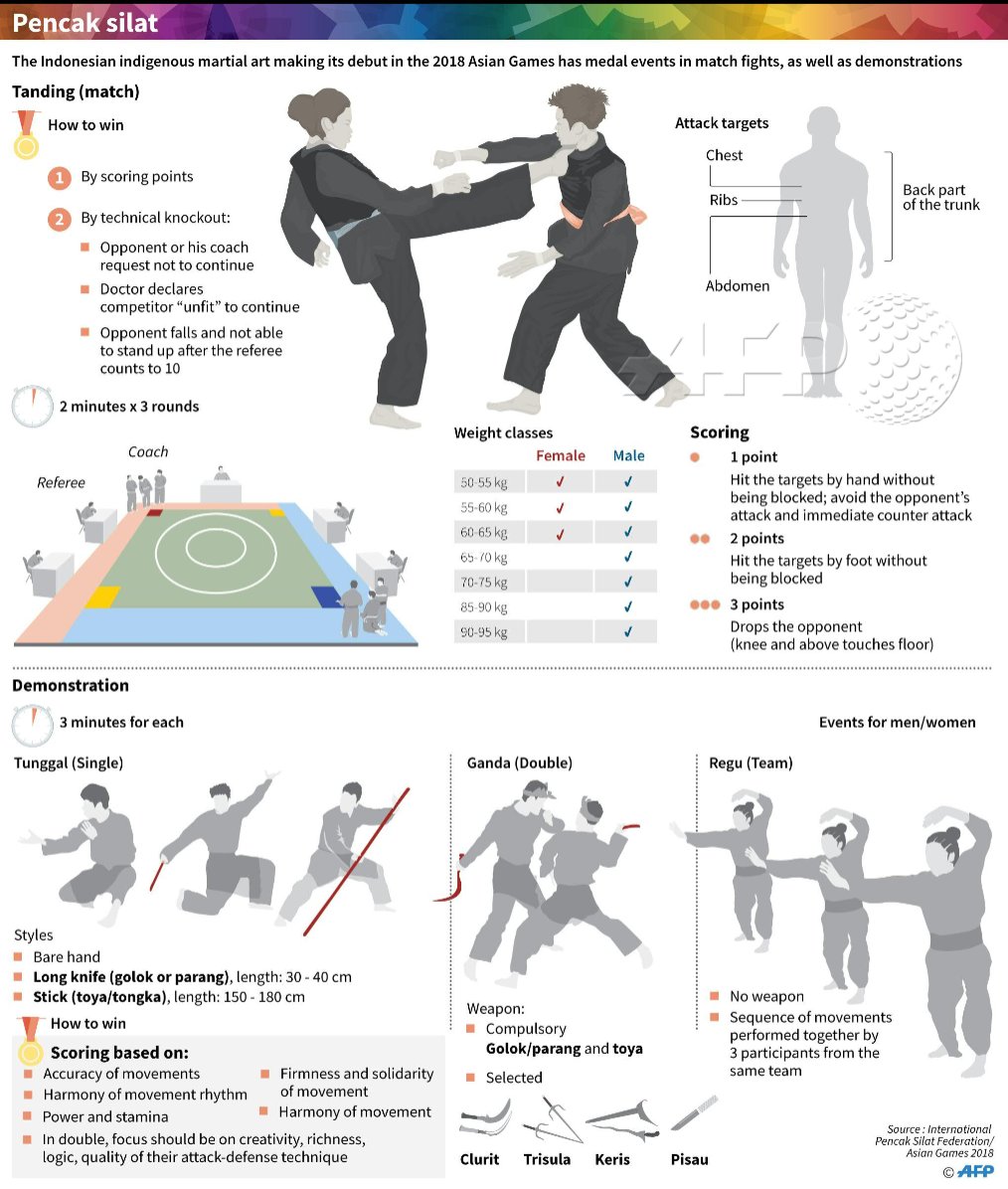Deciphering The Enigma Of Several Fighting Style Techniques: An Overview To Karate, Taekwondo, And Extra
Deciphering The Enigma Of Several Fighting Style Techniques: An Overview To Karate, Taekwondo, And Extra
Blog Article
Post Author-Osman Haastrup
Are you tired of sensation overwhelmed by the huge globe of fighting styles? With many styles to choose from, it can be simple to get shed in a sea of punches, kicks, and mystical names. https://www.wdrb.com/news/louisville-martial-arts-training-school-hosting-carjacking-self-defense-class/article_d2190dc2-d864-11ec-9172-eb52b8dc1103.html worry not!
This discussion will demystify the various fighting styles designs, taking you on a trip from the powerful strikes of Karate to the dynamic kicks of Taekwondo. Prepare yourself to reveal the origins, strategies, and approaches behind these ancient art forms.
So, tighten your belt and prepare to start an enlightening exploration into the exciting world of fighting styles.
Origins of Martial Arts Styles
The beginnings of martial arts designs can be traced back to old worlds and their need for protection and fight techniques. Throughout background, different societies developed their own special methods of fighting, each with its own set of techniques and ideologies.
In China, for example, martial arts designs such as Martial art and Tai Chi were established as a way of protection and boosting physical and psychological health.
In Japan, the samurai warriors produced styles like Karate and Judo, focusing on self-control, accuracy, and proficiency of the body.
In a similar way, in Korea, Taekwondo became a martial art emphasizing high kicks, quick movements, and psychological perseverance.
These very early human beings laid the foundation for the varied array of fighting styles styles that exist today, each with its own rich history and cultural value.
Methods and Training Approaches
To master martial arts designs, experts need to discover different strategies and training methods.
Strategies are the particular activities and actions made use of in combat, such as strikes, kicks, tosses, and obstructs. Different martial arts styles have their very own one-of-a-kind collection of techniques that professionals need to understand via extensive training.
Training methods vary depending on the design, however they typically involve a combination of physical fitness, drills, competing, and types.
Physical fitness is crucial to build toughness, versatility, and endurance. Drills help experts improve their strategies and enhance their speed and accuracy.
Sparring enables practitioners to practice their techniques in a controlled, sensible setting. https://martial-arts-info-for-kid76420.liberty-blog.com/33995697/understanding-the-art-a-guide-to-picking-the-right-martial-arts-academy , additionally known as kata, are prearranged sequences of motions that assist practitioners create muscular tissue memory and emphasis.
Philosophies and Concepts
Checking out the ideologies and concepts of martial arts designs can offer you with a deeper understanding of your chosen self-control. Each fighting style has its very own distinct viewpoint and set of guiding concepts that shape the means it's exercised.
For instance, Karate highlights technique, regard, and self-constraint. It teaches experts to focus their body and minds, enabling them to defend themselves while maintaining a sense of internal tranquility.
On the other hand, Taekwondo puts a strong emphasis on rate, agility, and adaptability. Its principles are rooted in the tenets of courtesy, integrity, willpower, self-discipline, and indomitable spirit.
Verdict
Now that you've explored the origins, strategies, and ideologies of numerous fighting styles designs, you have a much deeper understanding of these ancient disciplines.
Envision a young karate trainee, practicing with steady resolution and focus, appearing boards with a powerful strike.
Their trip showcases the dedication and strength needed to understand a fighting style, advising us that with self-control and willpower, anything is possible.
